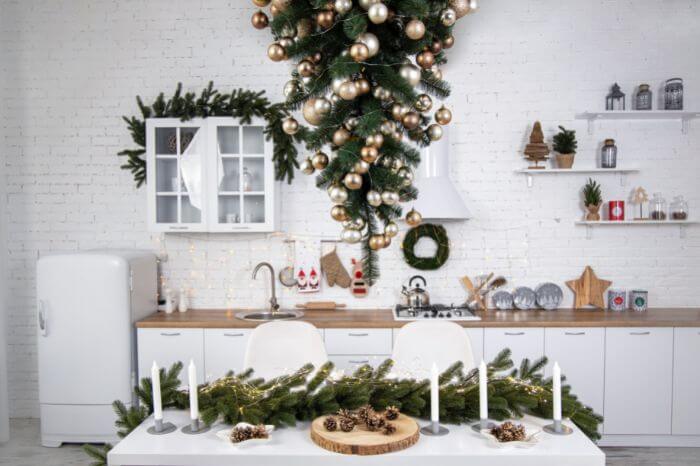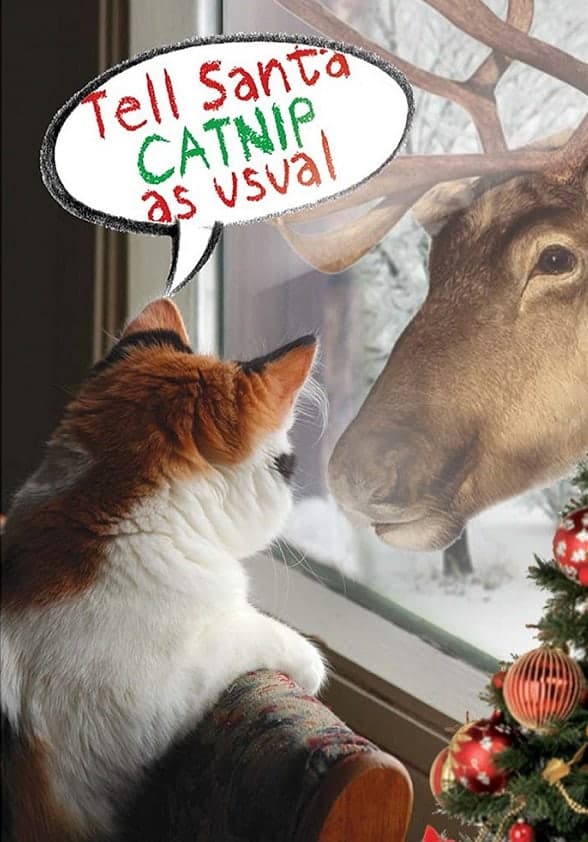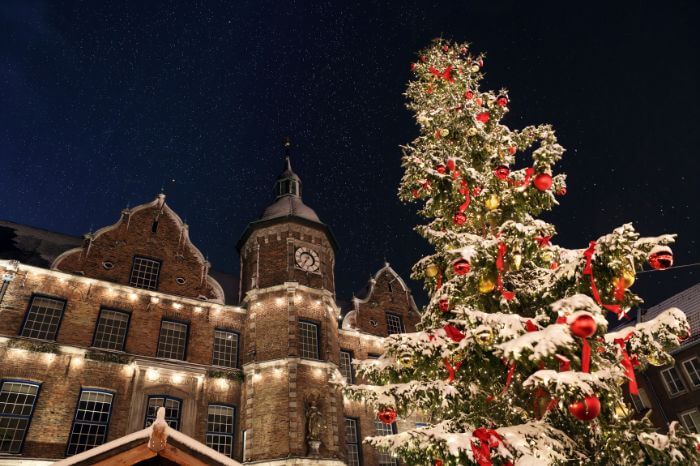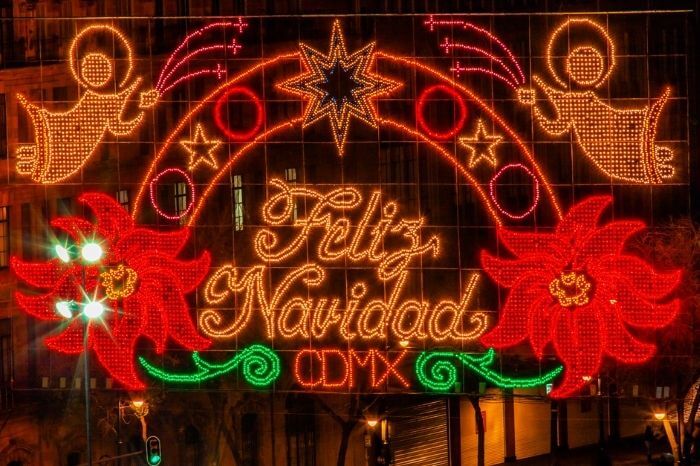Origin of the Upside Down Christmas Tree
In recent years, upside down Christmas trees have become popular. Many people don’t know the origins of this trend. The upside down Christmas tree originated in Eastern Europe. It was a symbol of Christianity and was meant to represent the Holy Trinity.

The upside down tree also represented the three nails that were used to crucify Jesus Christ. Today, people see the upside down tree as a fun and unique way to decorate for Christmas.
Obviously, that isn’t the most typical way of displaying the modern-day Christmas tree, as what it now symbolizes, right side up is the top of the tree facing heaven.
Thanks to this modern perspective and style, you will find people that believe that an upside down Christmas tree is actually a sacrilege or at best an indication of disrespect.
While there isn’t a precise history of the upside down Christmas tree we do know a bit of the way it came to exist.
At the time of 600 AD, an English monk went to Germany to preach the message of God. He stayed a long time in Thuringia, a region destined to become the home of the initial luxurious Xmas decorations.
At this point, the monk, based on upside down Christmas tree history, chose to make the triangular shape a symbol of the Holy Trinity consisting of God the father, God the Son, and God the Holy Ghost.
The Europeans he transformed began to revere the monk’s upside down Christmas tree, so history tells us, as being the Tree of God. By the 1100’s the upside down tree was showing up dangling from virtually every central European ceiling.
The very first decorated Christmas tree made an appearance in 1510 in Latvia. A bit later on in that century history tells us that Martin Luther decorated a Christmas tree with candlelights as a means of explaining to his kids how the stars shone in the night sky.
Gaily-decorated Christmas trees, not yet upside down, were first recorded in Strasbourg Germany in 1601. The decorations were barley sugar twists, wafers and multi-colored flowers.
More Christmas Tree Articles
- Best Artificial Christmas Trees That Look REAL
- Top Flocked Fake Christmas Trees
- Best Blue Christmas Trees





